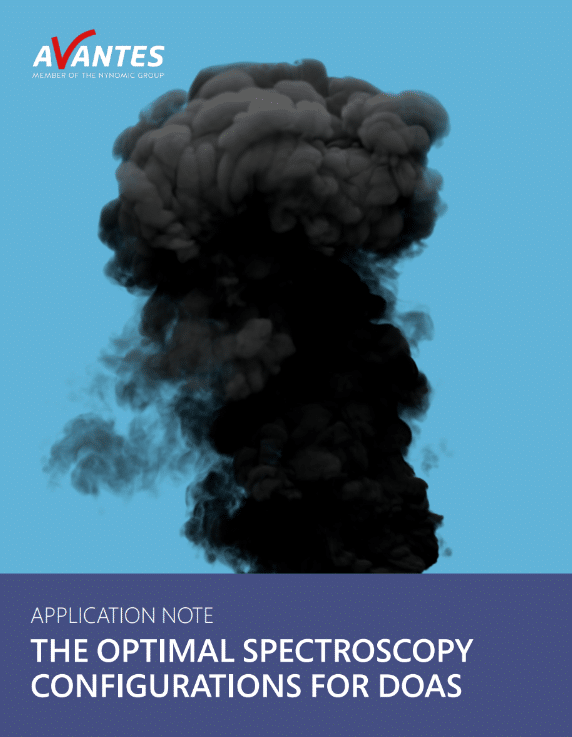Optimal Spectroscopy Configurations for DOAS
 The environmental impact of carbon emissions from fossil fuels, the most widely recognized and well-known air pollutant, is undeniable. However, CO2 is far from the only pollutant contributing to poor air quality. Among the many other byproducts generated from coal and petroleum processing, sulfur oxides (SOx) and nitrogen oxides (NOx) are particularly interesting due to their impact on human health. These emissions lead to acid rain and are a leading cause of respiratory illness and ozone layer depletion. In 2020, we published an application note, “Differential Optical Absorption Spectroscopy,” outlining how differential optical absorption spectroscopy (DOAS) is used in
The environmental impact of carbon emissions from fossil fuels, the most widely recognized and well-known air pollutant, is undeniable. However, CO2 is far from the only pollutant contributing to poor air quality. Among the many other byproducts generated from coal and petroleum processing, sulfur oxides (SOx) and nitrogen oxides (NOx) are particularly interesting due to their impact on human health. These emissions lead to acid rain and are a leading cause of respiratory illness and ozone layer depletion. In 2020, we published an application note, “Differential Optical Absorption Spectroscopy,” outlining how differential optical absorption spectroscopy (DOAS) is used in
continuous emission monitoring systems (CEMS) for quantitating SOx and NOx emissions. Over the past several years, interest in the technique has grown exponentially through increased government funding and industry attention, with emissions monitoring now factoring into environmental, social, and governance (ESG) ratings. Therefore, we thought revisiting the subject from a slightly different
perspective would be interesting.
Our original application note on DOAS provided a general overview of the topic, discussing the advantages and disadvantages of UV/Vis vs near-infrared (NIR). We demonstrated that UV/Vis absorbance spectroscopy in the 200 – 500 nm region was ideal for monitoring nearly every atmospheric pollutant of interest, with the notable exception of carbon oxides (COx), which is typically measured in the near-infrared or mid-infrared. In this new application note, we will briefly revisit the DOAS technique but then focus on the practical considerations regarding optimal spectrometer configurations. We encourage readers interested in a more detailed overview of the technique to refer to our previous DOAS application note.
Download the Full Application Note
 My Cart
My Cart 